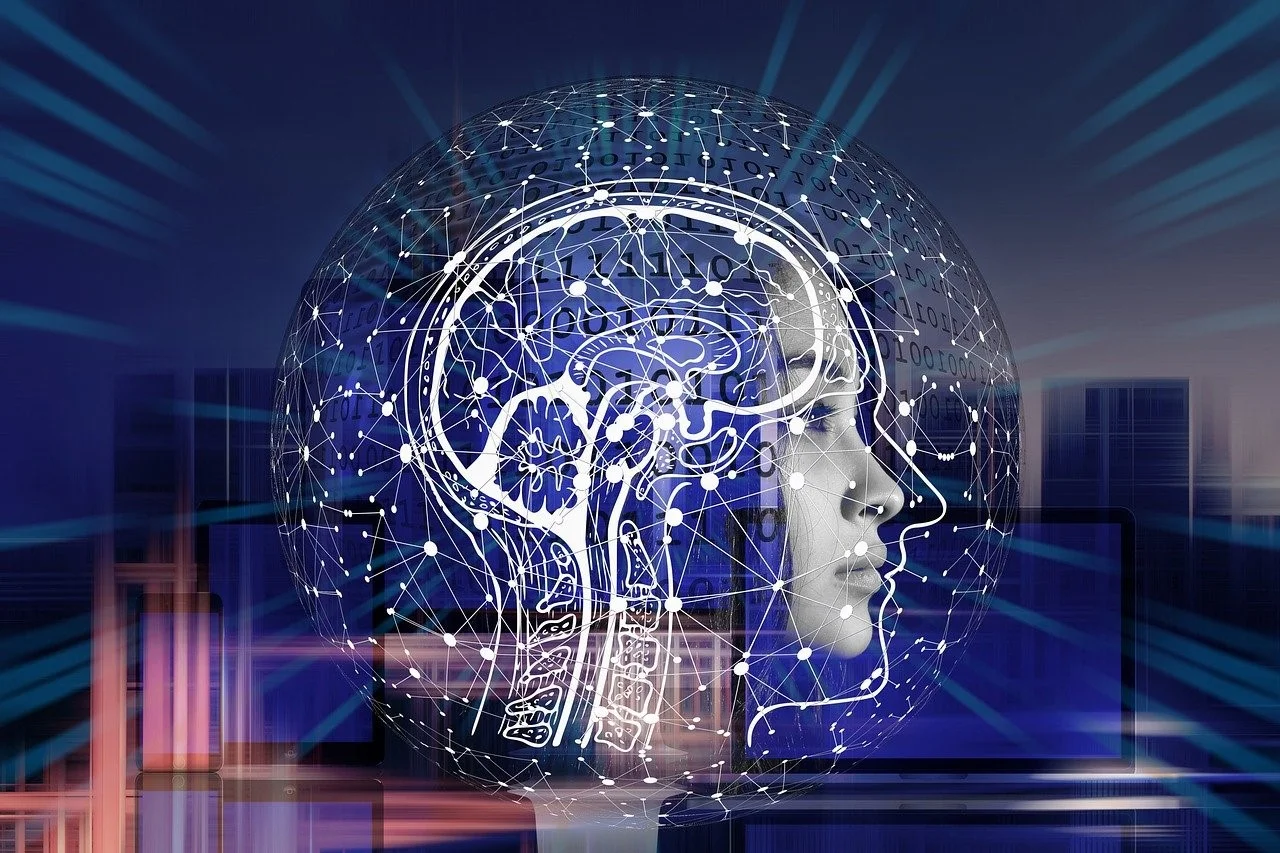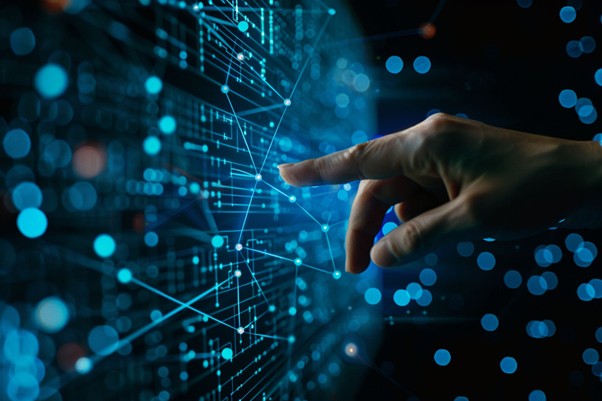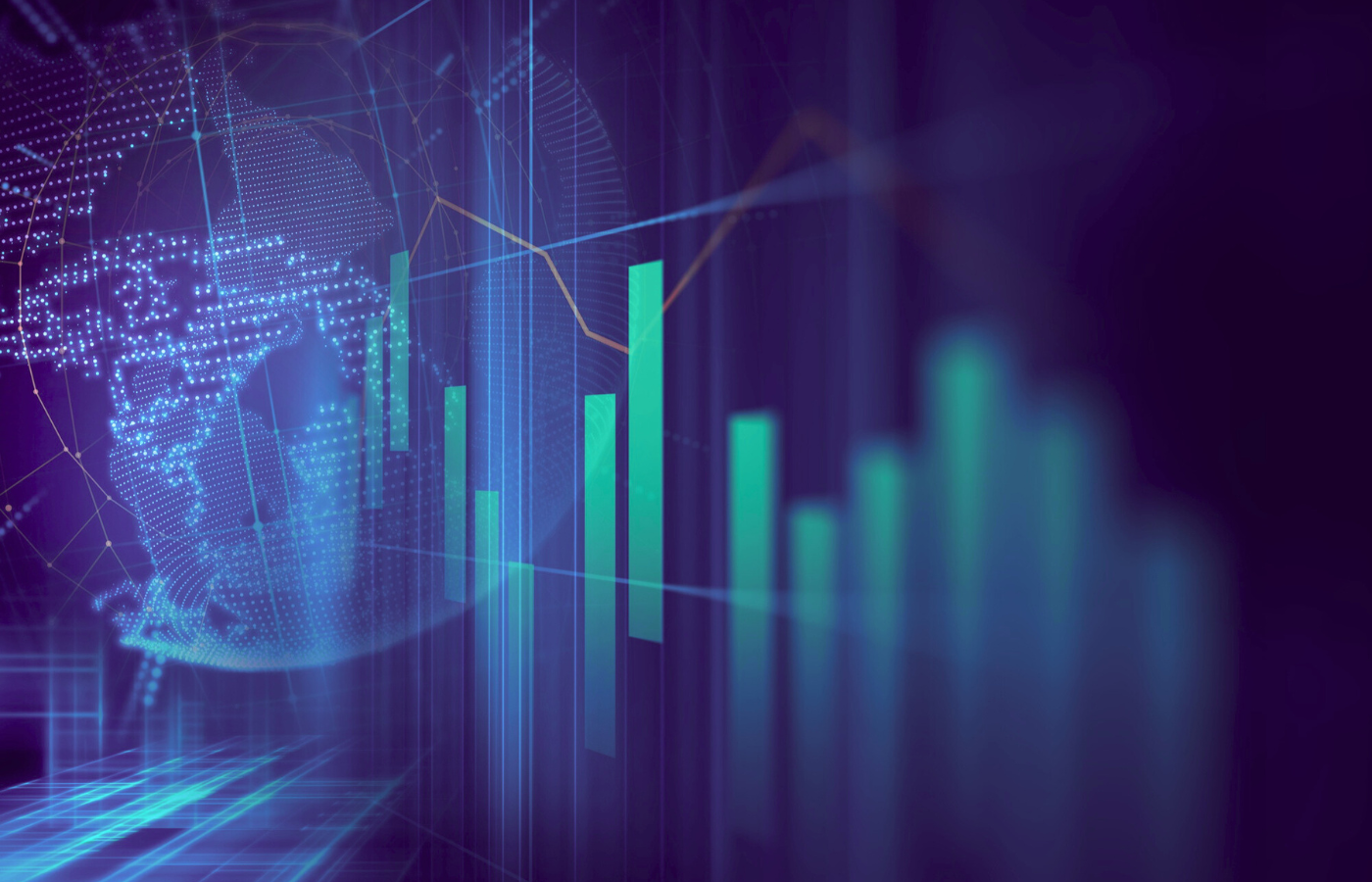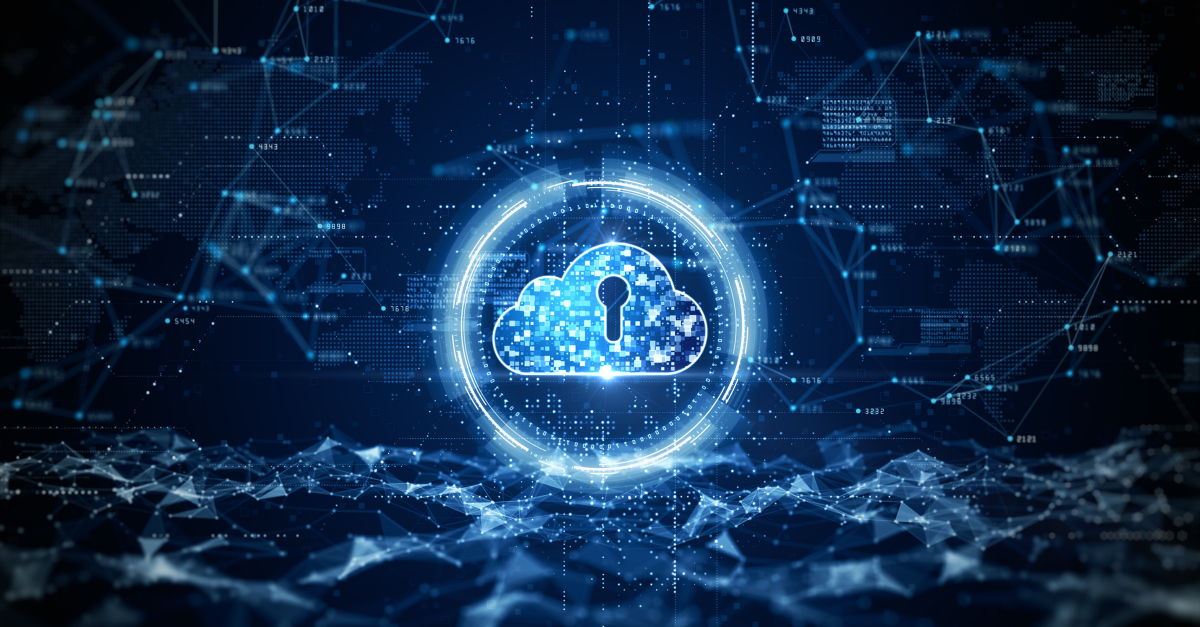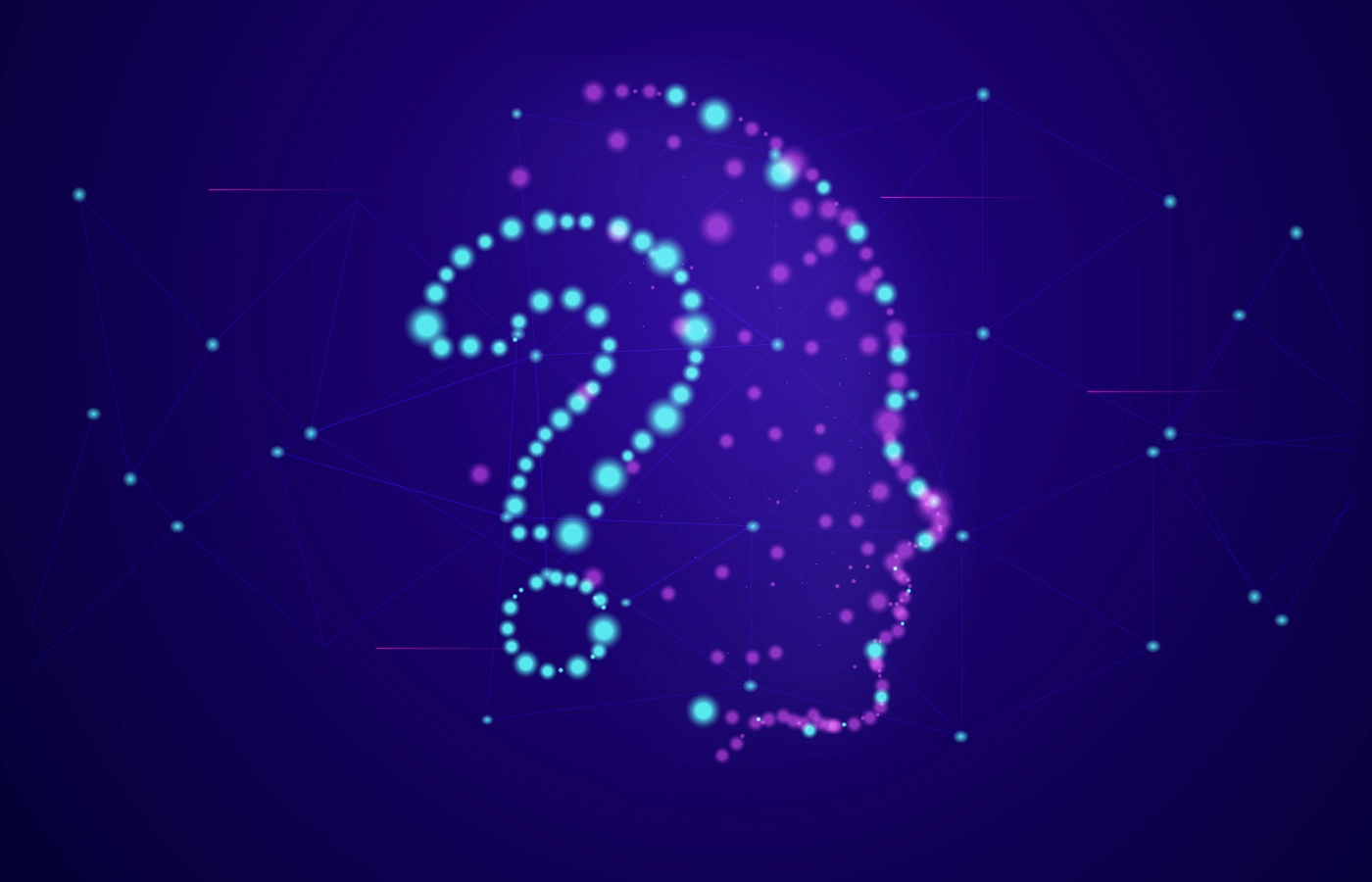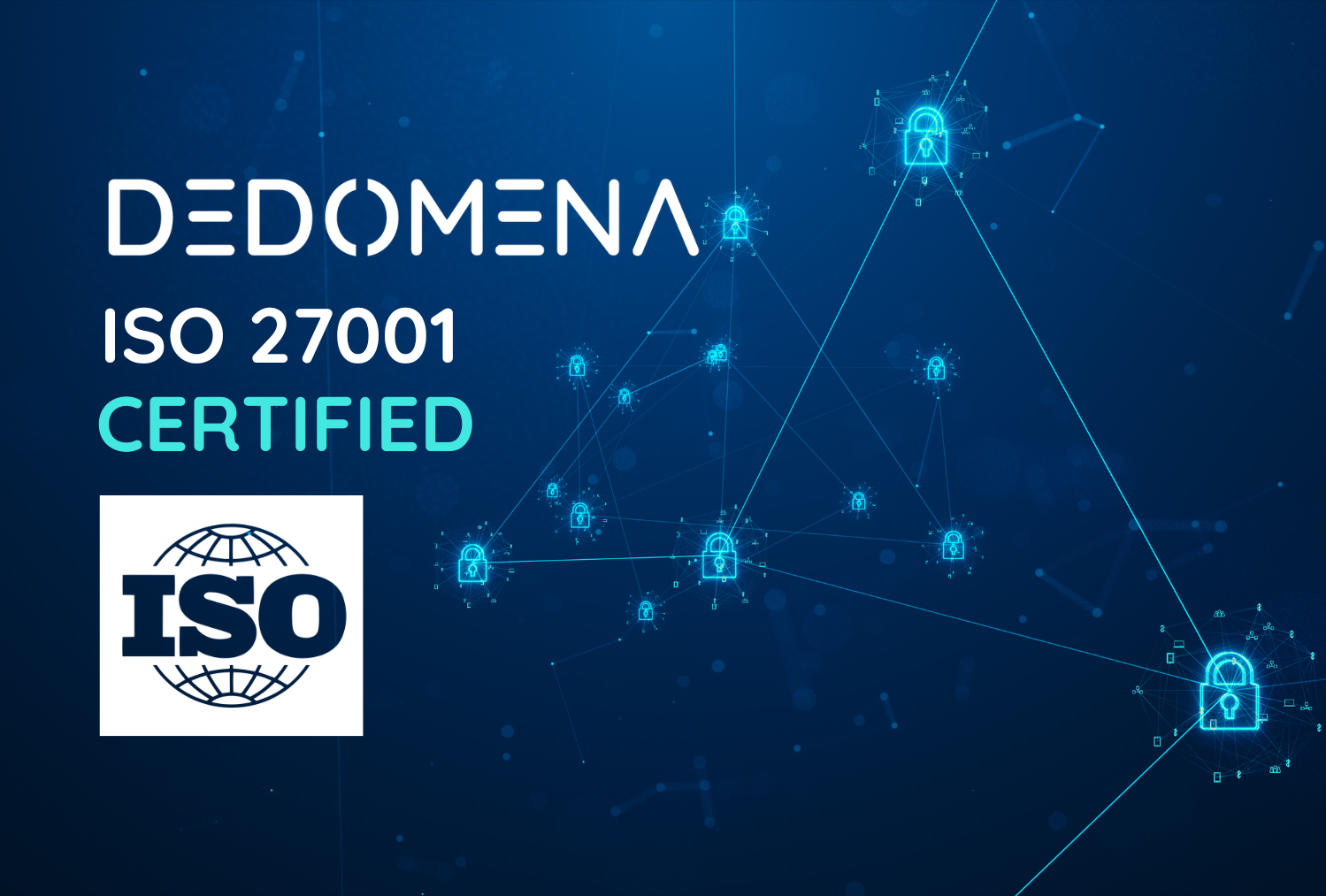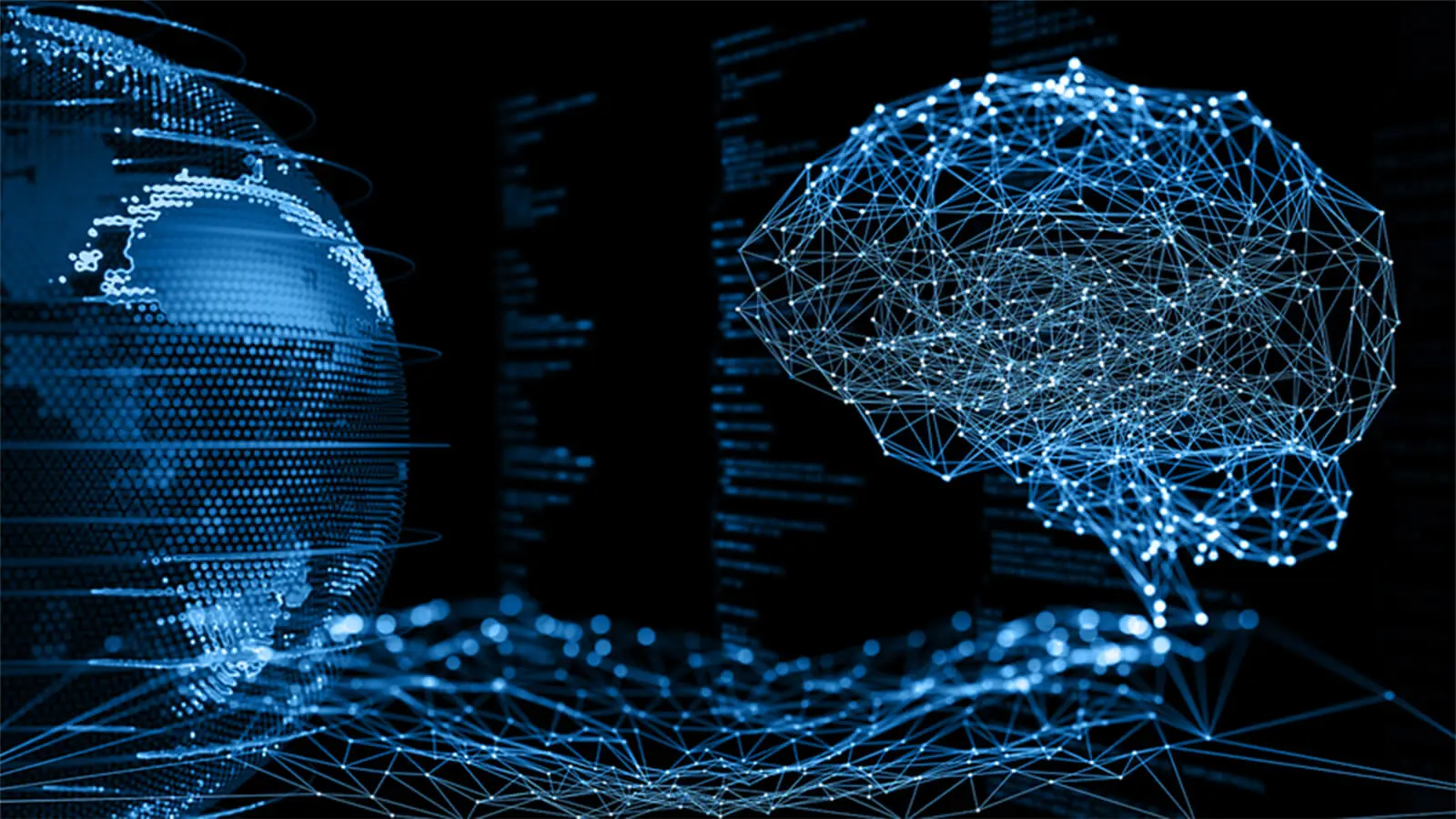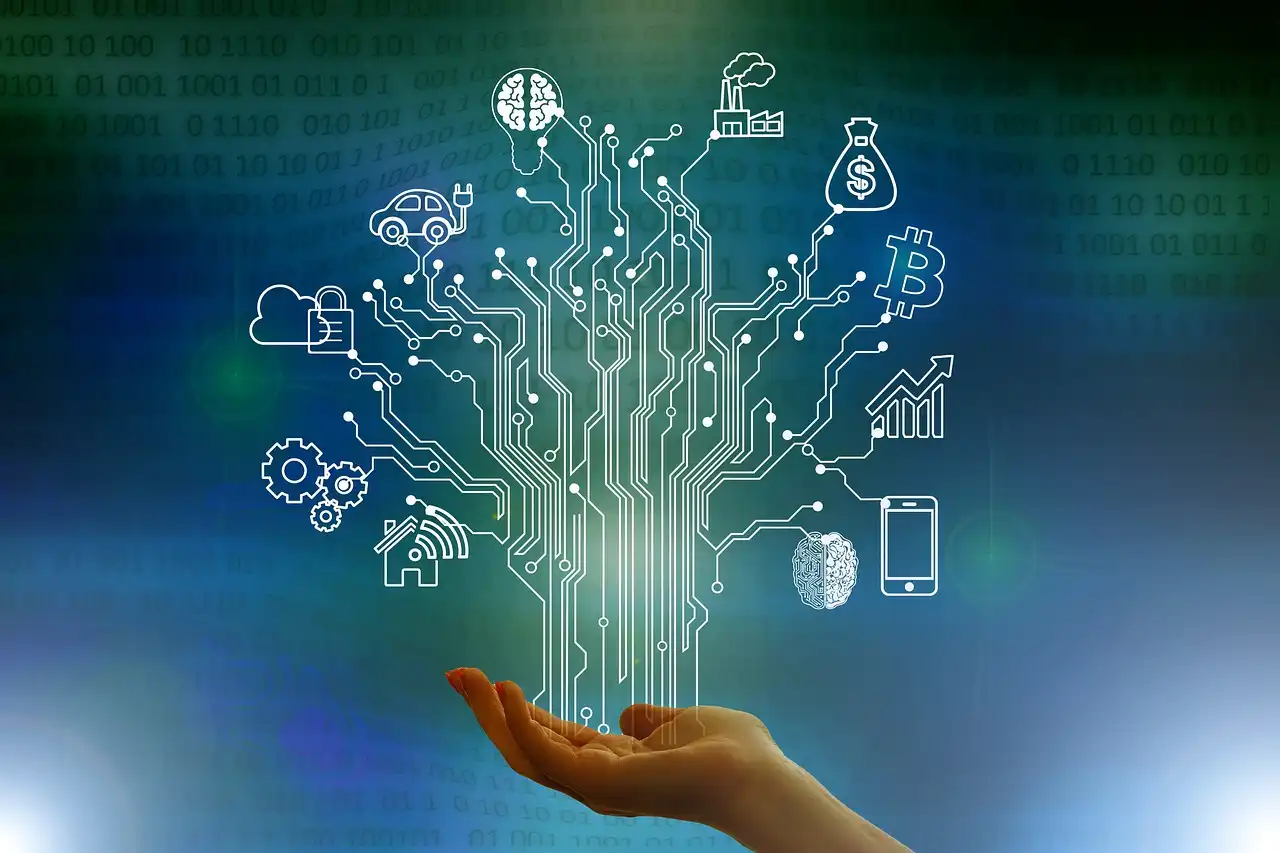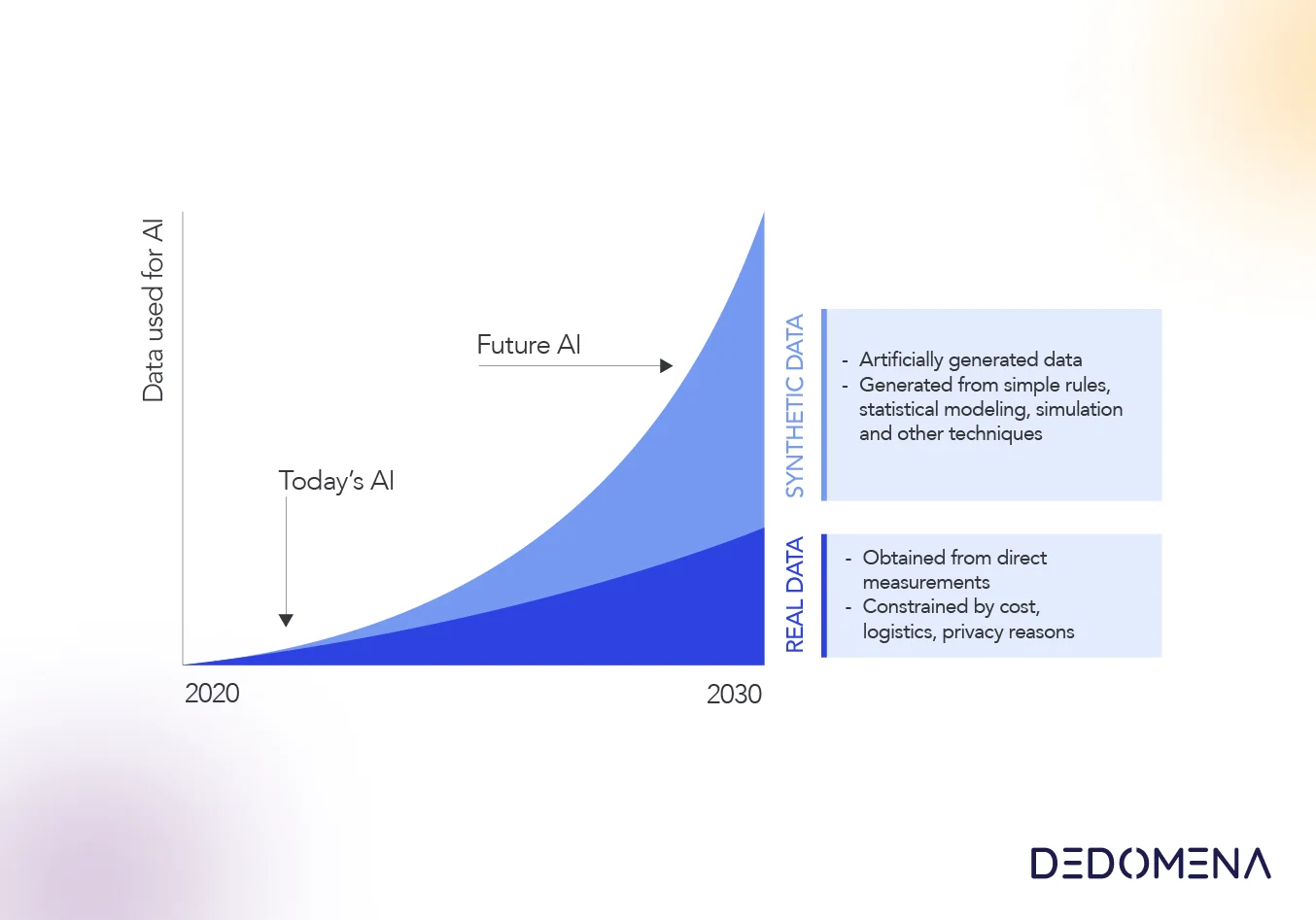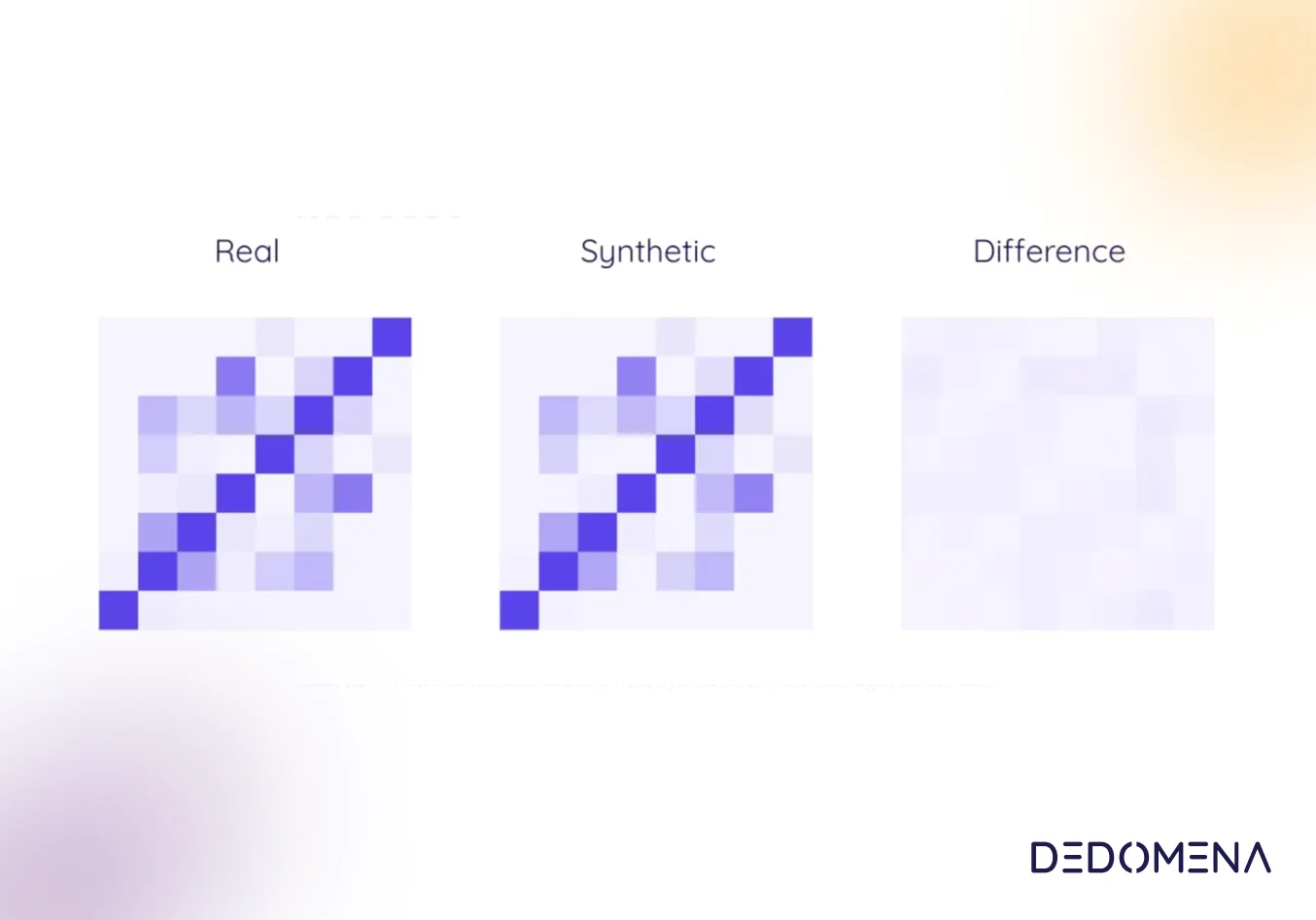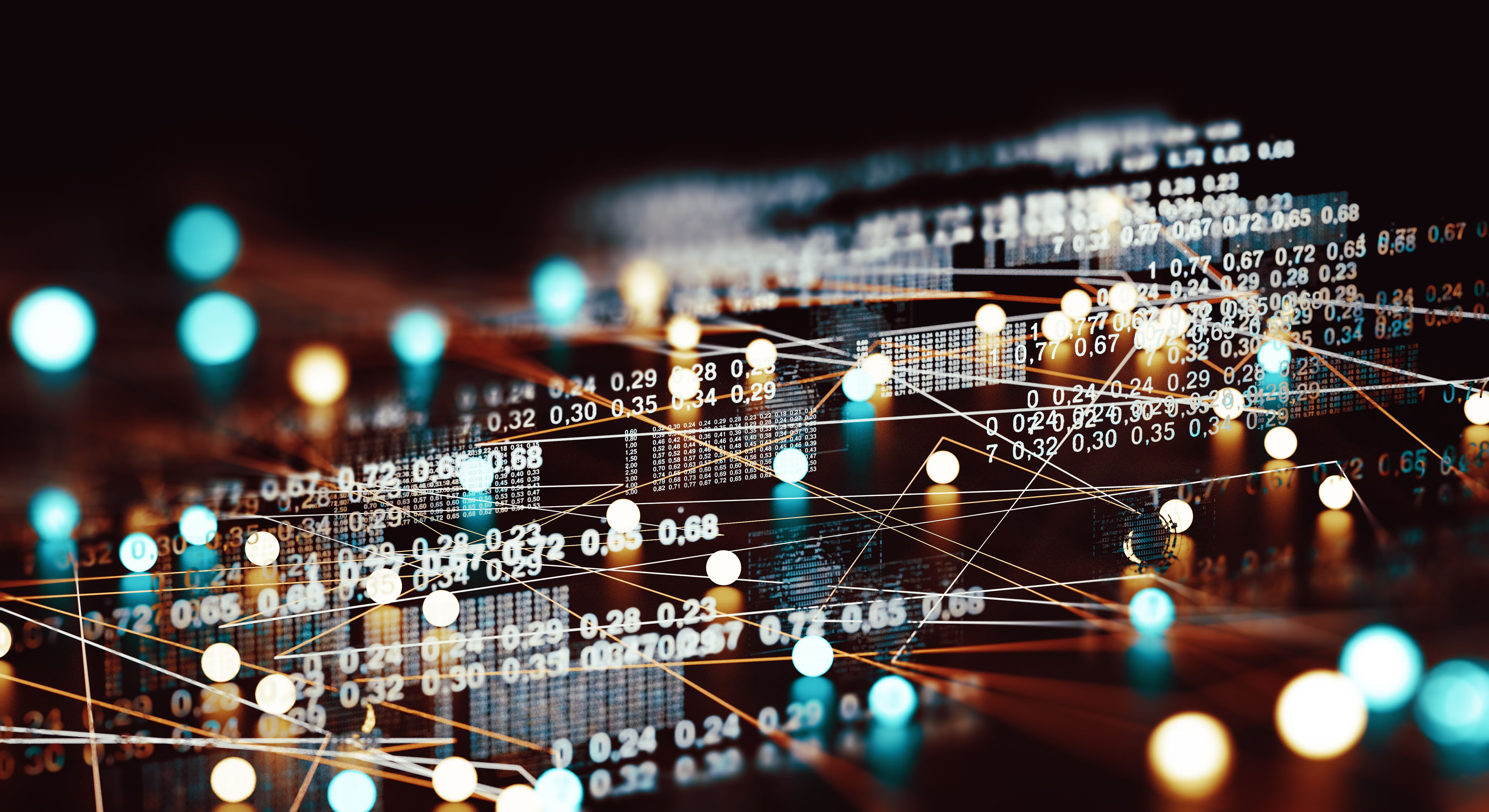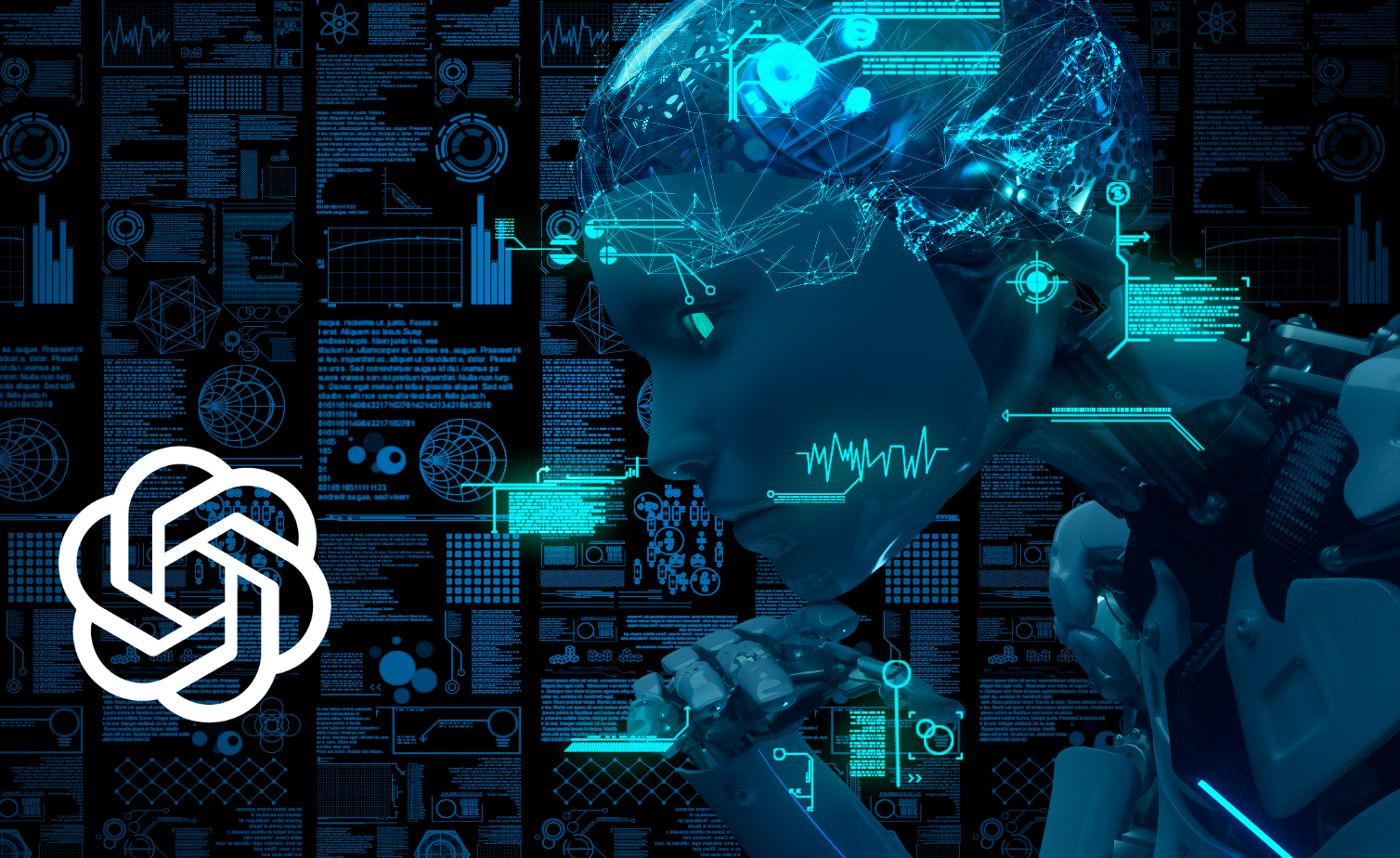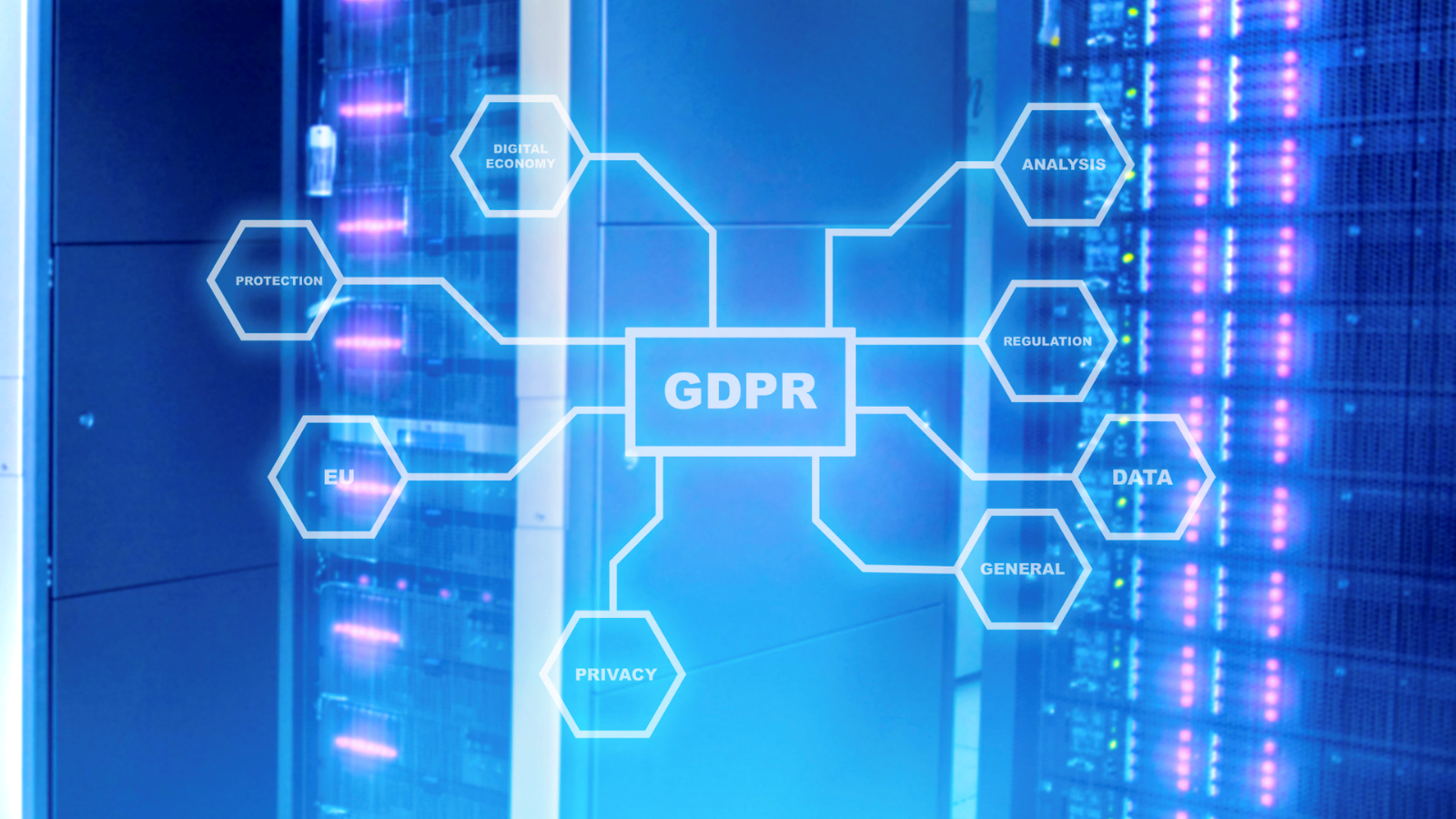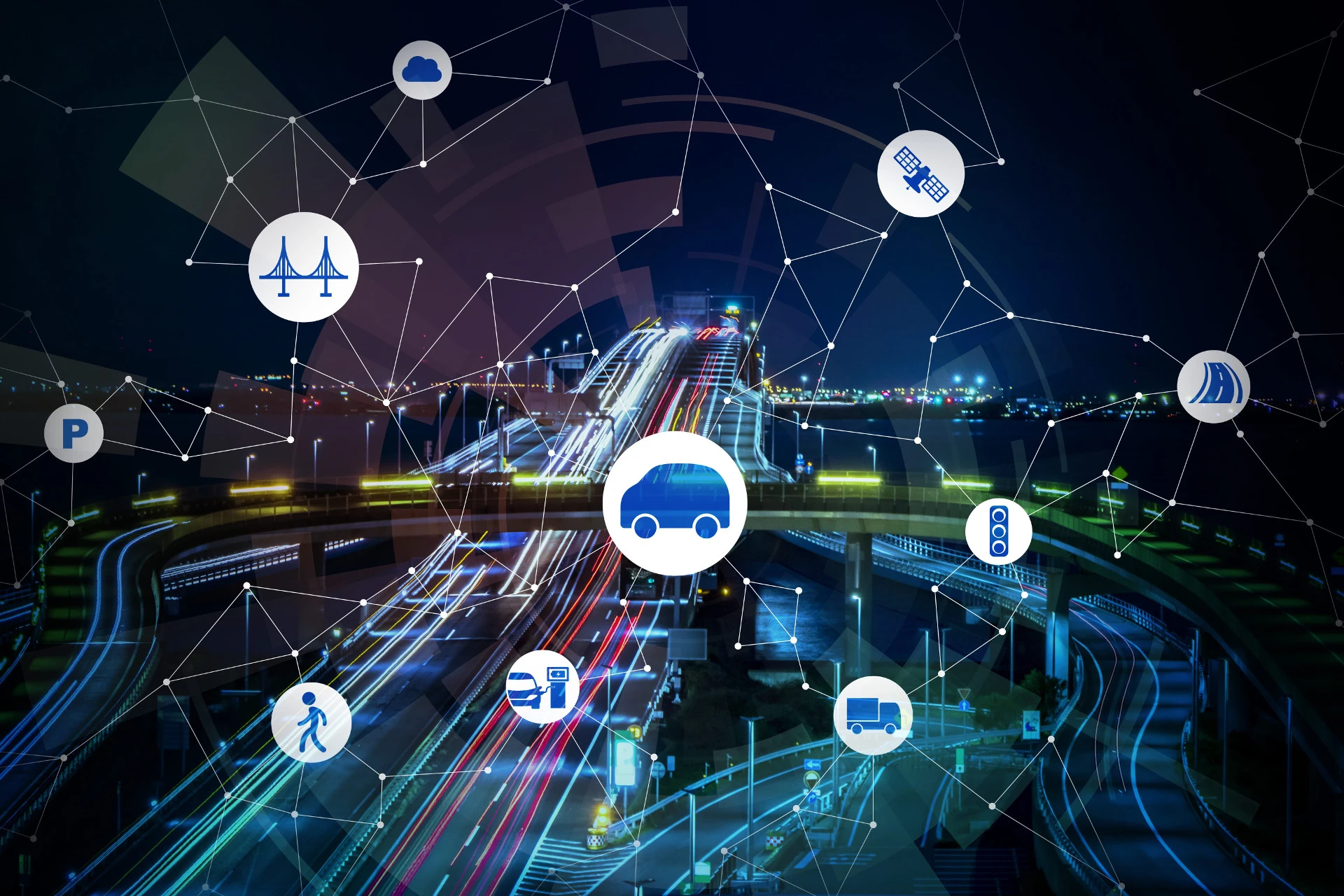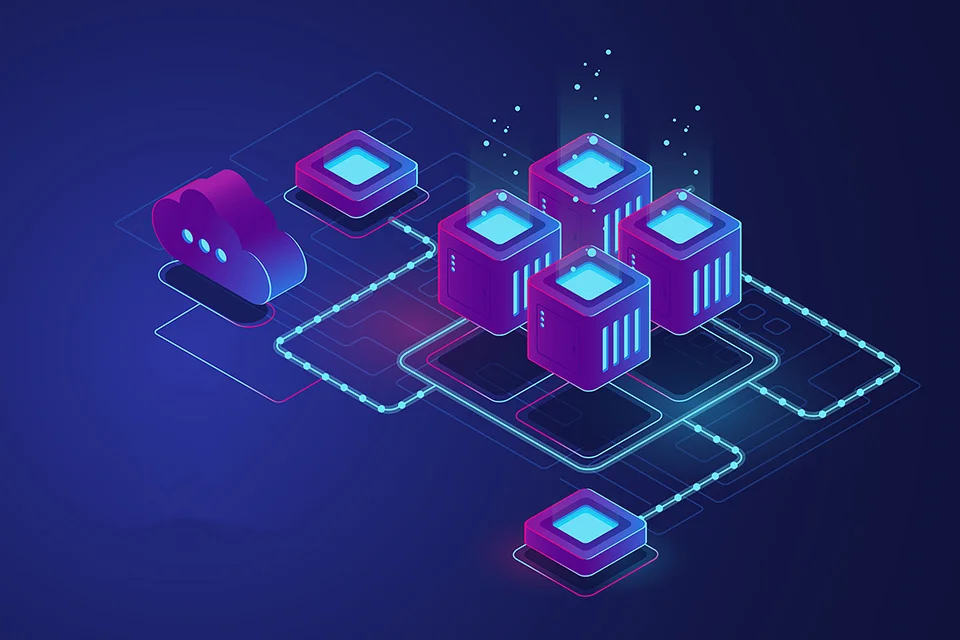During the early days of Human Resources analytics, companies collected employee data to measure performance, span of control, succession pipeline, and other talent-related topics. There is more employee data available today than ever before, including data about job performance and compensations, e-mails, location, and travel, employee comments, and even videos. Now, with all this new information generated in today's workplace (almost every click you make at work is stored somewhere), the domain of people analytics is becoming very personal.
In People Analytics, also known as Talent Analytics or HR Analytics, managers and executives use data to make decisions about their employees. People Analytics involves collecting employee data from a variety of sources and analyzing it using statistical and technological expertise, resulting in better, and faster, decision making and providing a competitive advantage.
There is no doubt that legislation has failed to keep pace with the speed at which data and artificial intelligence technology has progressed. As a result, the General Data Protection Regulation (GDPR), which came into force in May 2018, was designed to address this and acknowledge the changing environment. While the GDPR will bring new opportunities to employers, meeting its requirements will be challenging.
Data and AI technologies at first glance appear to be in direct conflict with the fundamental principles of the GDPR due to their inherent nature. It is often not easy to achieve GDPR compliance while simultaneously taking full advantage of new data technologies. That being said, privacy laws should not mean that businesses should shy away from exploring the use of new technologies and reaping their potentially game-changing benefits. To invest in new data-driven people analytics technologies within the workplace, employers need to consider and balance the following pillars: confidentiality, bias and people impact.
-
1. Confidentiality
Confidentiality is the first element to consider when an employee joins a company since from the moment employees join a company, they are given the rights to collect a lot of data from them. However, it does not mean that employers have the right to expose this data, share it, or link it with personally identified information. Also, HR teams should be trained to answer questions from concerned employees or candidates about how their data is being used.
GDPR's requirements may pose challenges for employers seeking to take full advantage of HR Analytics technology. Some elements of data analytics and AI technologies, on the surface, appear to be in conflict with GDPR fundamental principles. Many times, there is no simple solution to GDPR compliance while taking full advantage of these new technologies. Employers need to consider and balance employees' privacy and data utility, so that synthetically generated data sounds like the best solution to maximise both of them at the same time. Since synthetic data do not relate 1-to-1 with original records, the notion of identification disclosure will not be a concern for HR departments when innovating with new data and AI-driven technologies.
-
2. Bias
To be truly effective, HR and AI departments should focus their analytics programs on strategies that positively impact people. Companies that track people to measure work productivity and use the data to make work better are moving in the right direction. Also, in order to garner the full benefits of people analytics, companies should focus on employees needs and foster a data-driven culture. It implies aligning employee performance with key performance indicators (KPIs) of the business by providing direct benefits to employees, such as a personalised career development plan.
However, the benefits of people analytics will remain isolated if employees cannot easily access data. Employees need insights on their learning and development progress in comparison to that of other employees. Since they do not need to access real data or to know how they compare to an individual collegage, synthetic data can play a crucial role when it comes to the adoption of new HR analytics solutions. This AI-generated data enables easy-to-access quality data and accurate dashboards that translate complex people analytics into human-readable insights.
The positive outcomes for companies that implement new HR technologies in the workplace supported by synthetic data generation are astounding. Projects that once seemed impossible to execute can now be done much faster and safer with AI-generated data. The growing care, attention and commitment to making the workplace better for everyone is paying off dividends, and that potential is accelerating dramatically. Companies looking for new HR analytics and AI solutions to business challenges with data need to proceed in a way that is ethical, respects employees´and candidates´privacy and keeps their information secure.



